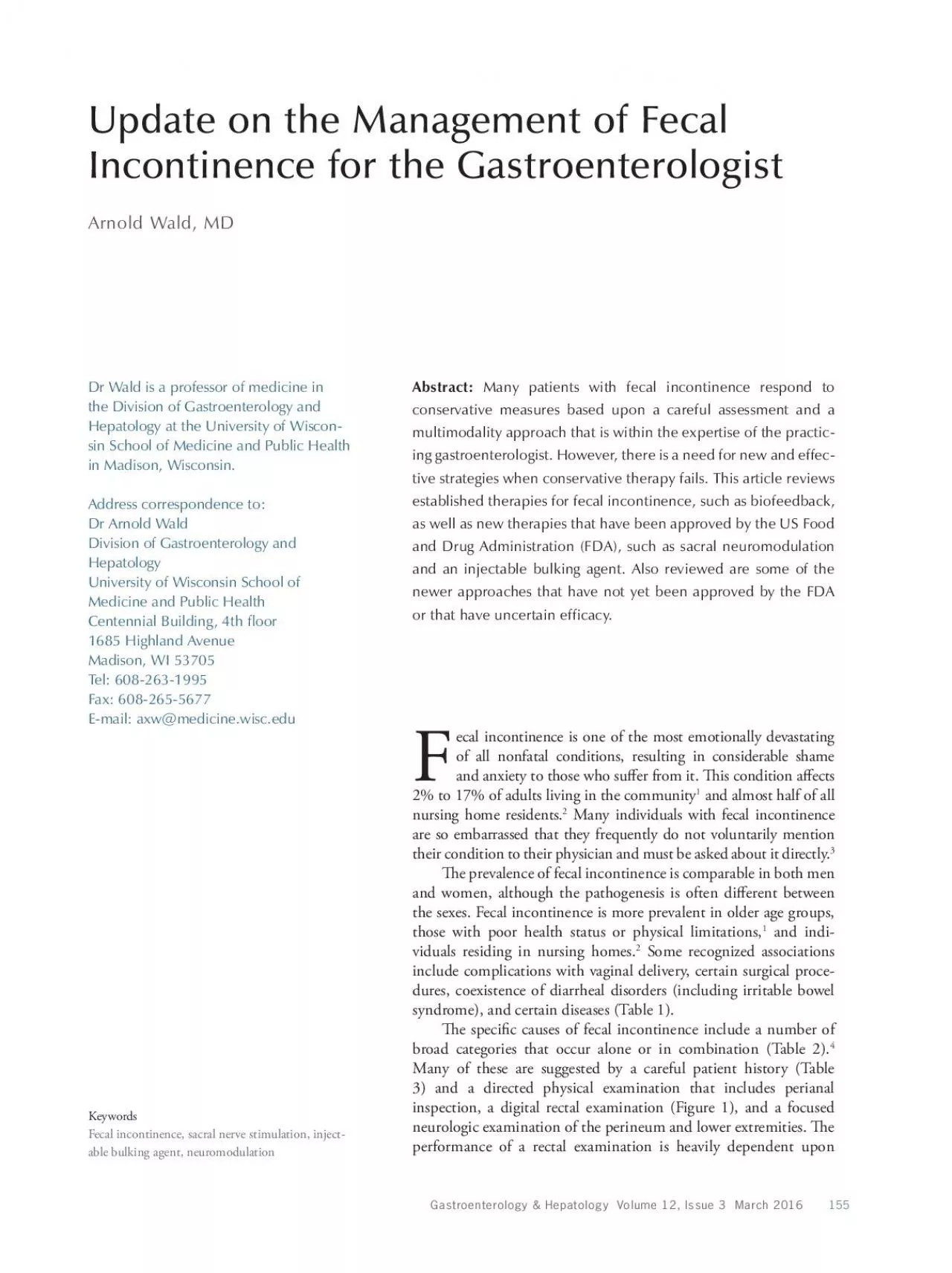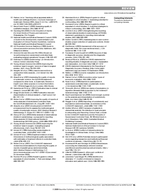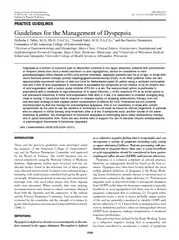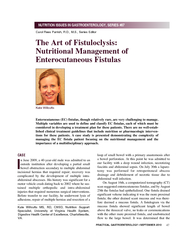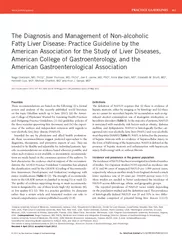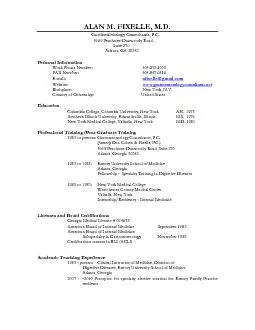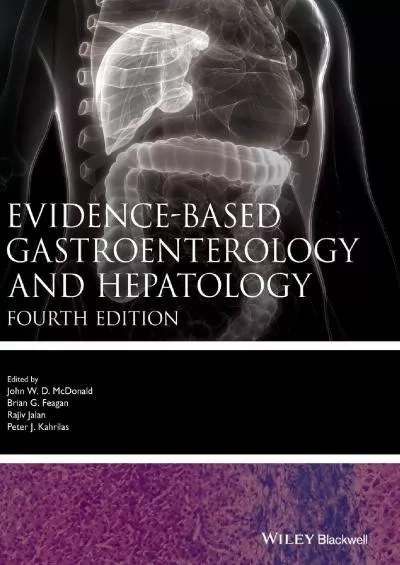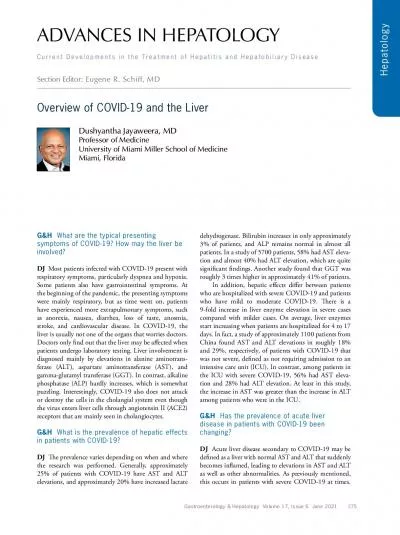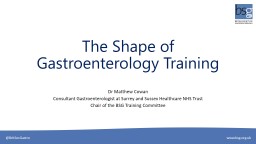PDF-Gastroenterology Hepatology Volume 12 Issue 3 March 2016
Author : everly | Published Date : 2022-09-21
155 Update on the Management of Fecal Incontinence for the Gastroenterologist Arnold Wald MD Keywords Fecal incontinence sacral nerve stimulation inject Dr Wald
Presentation Embed Code
Download Presentation
Download Presentation The PPT/PDF document "Gastroenterology Hepatology Volume 12 ..." is the property of its rightful owner. Permission is granted to download and print the materials on this website for personal, non-commercial use only, and to display it on your personal computer provided you do not modify the materials and that you retain all copyright notices contained in the materials. By downloading content from our website, you accept the terms of this agreement.
Gastroenterology Hepatology Volume 12 Issue 3 March 2016: Transcript
Download Rules Of Document
"Gastroenterology Hepatology Volume 12 Issue 3 March 2016"The content belongs to its owner. You may download and print it for personal use, without modification, and keep all copyright notices. By downloading, you agree to these terms.
Related Documents

